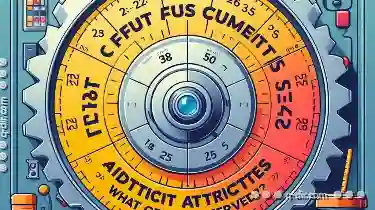When it comes to transferring files between your computer and external storage devices, there are several best practices you should consider to ensure ...
 smooth operations. This blog post will delve into the various methods of pasting files to an external drive, discussing advantages and potential pitfalls, as well as providing tips for a more efficient workflow.
smooth operations. This blog post will delve into the various methods of pasting files to an external drive, discussing advantages and potential pitfalls, as well as providing tips for a more efficient workflow.1. Understanding Your Options
2. Best Practices for Copying Files
3. Handling Errors Gracefully
4. Conclusion
1.) Understanding Your Options
Using File Explorer/Finder
For Windows users, File Explorer is your go-to tool. For macOS users, Finder serves the same purpose. These graphical user interfaces (GUIs) allow you to navigate through folders and directly copy files by dragging them into the external drive’s folder or using context menus for cut, copy, and paste operations.
Command Line Methods
For power users or those who prefer working with command lines, several methods are available:
- Windows (cmd): Use commands like `xcopy` or drag and drop through File Explorer.
- macOS/Linux (Terminal): Commands such as `cp`, `mv`, `rsync`, or simply dragging files in graphical interfaces can be used.
2.) Best Practices for Copying Files
1. Verify the Connection
Before proceeding, ensure that your external drive is properly connected to your computer. A failed connection might lead to errors when copying files and potentially corrupt your data.
2. Choose the Right Method
For larger files or multiple files, consider using command line tools like `rsync` for macOS/Linux or `Robocopy` (with administrative privileges) on Windows. These are faster than GUI-based methods but require a basic understanding of the command syntax.
3. Check Disk Space
Ensure that there is enough free space on your external drive before you start copying files to avoid incomplete transfers due to insufficient storage.
4. Use Direct Copy for Small Files
For smaller numbers of files or when convenience outweighs speed, using the GUI (File Explorer/Finder) or simple drag and drop should suffice without complications.
5. Regularly Eject External Drives
When you’re done transferring files, make sure to eject your external drive from both Windows and macOS properly. This prevents data loss due to sudden removal which can corrupt the file system if not handled correctly.
3.) Handling Errors Gracefully
1. Check for Errors During Transfer
If a transfer stops or fails unexpectedly, look for error messages in File Explorer/Finder’s status bar or terminal outputs. These often provide clues about what went wrong and how to fix it.
2. Resume Failed Transfers
Many file management tools support resuming interrupted transfers. For Windows, this is built-in with `xcopy` when used from the command line. macOS and Linux systems might require specific tools like `rsync --continue`.
4.) Conclusion
Efficiently copying files to an external drive involves understanding your options, choosing the right method based on file size and quantity, regularly checking connections and disk space, and handling errors gracefully. Whether you’re using a GUI or command line, following these best practices will ensure that your data is transferred safely and quickly. Remember, proper handling of removable media not only protects your data but also maintains the integrity of both storage devices involved in the transfer process.

The Autor: / 0 2025-04-25
Read also!
Page-

Cutting Files with Symbolic Links: What Could Break?
Before diving into the potential issues that arise when cutting files associated with symbolic links, it's important to understand what a symbolic ...read more

Triple-Pane for Creatives: A New Dimension in Asset Management
The need for intuitive and versatile tools becomes increasingly crucial. Introducing the triple-pane view into your asset management workflow can ...read more

Cutting Files with Custom Attributes: What Gets Preserved?
When it comes to cutting files and folders, especially in a digital environment like computers or cloud storage platforms, certain aspects of the ...read more